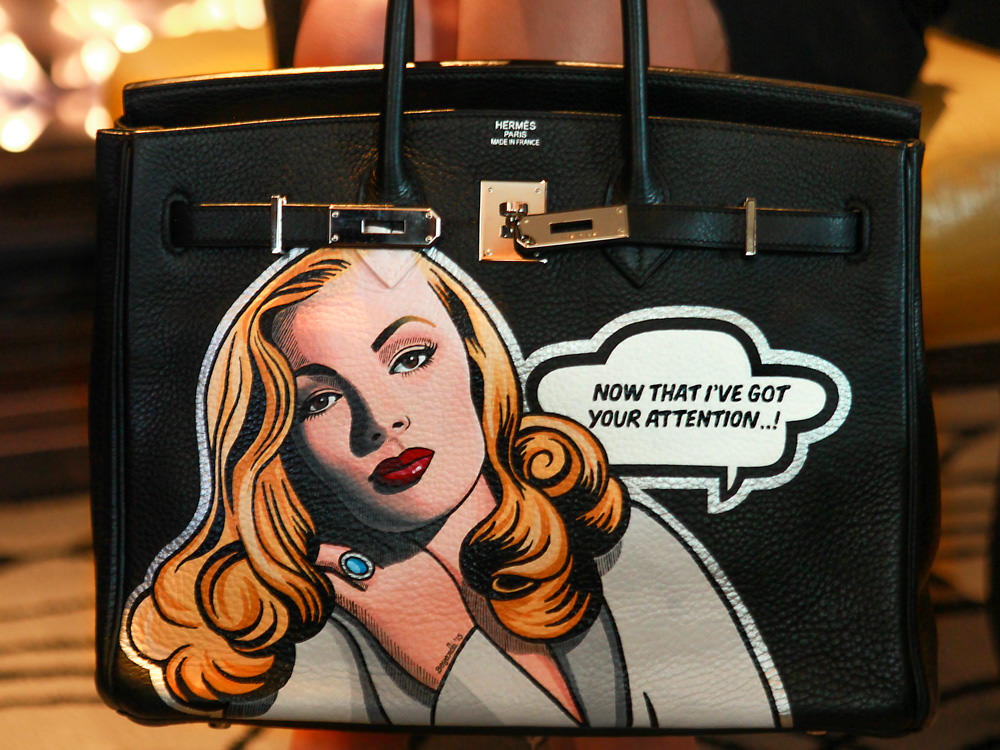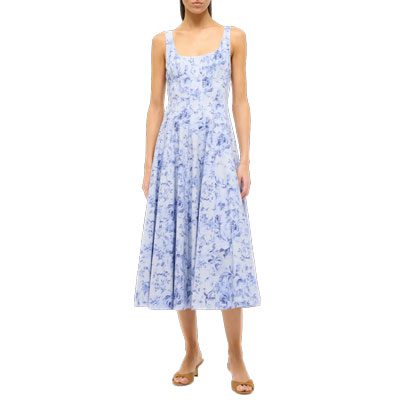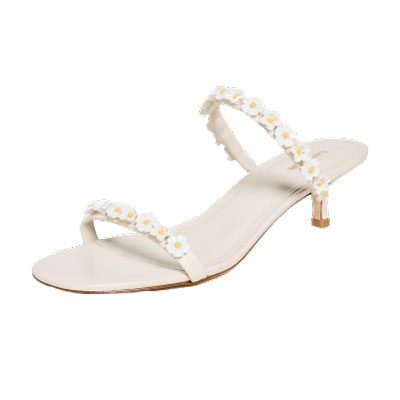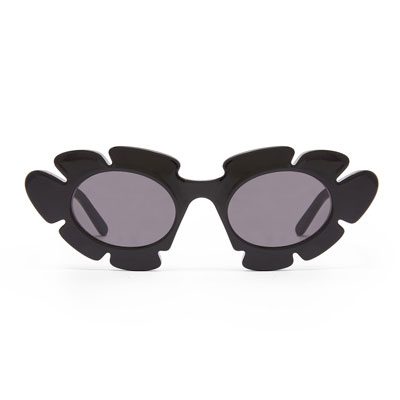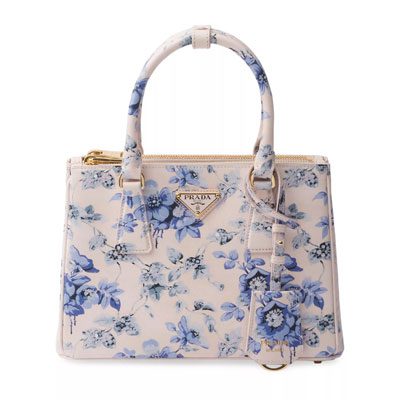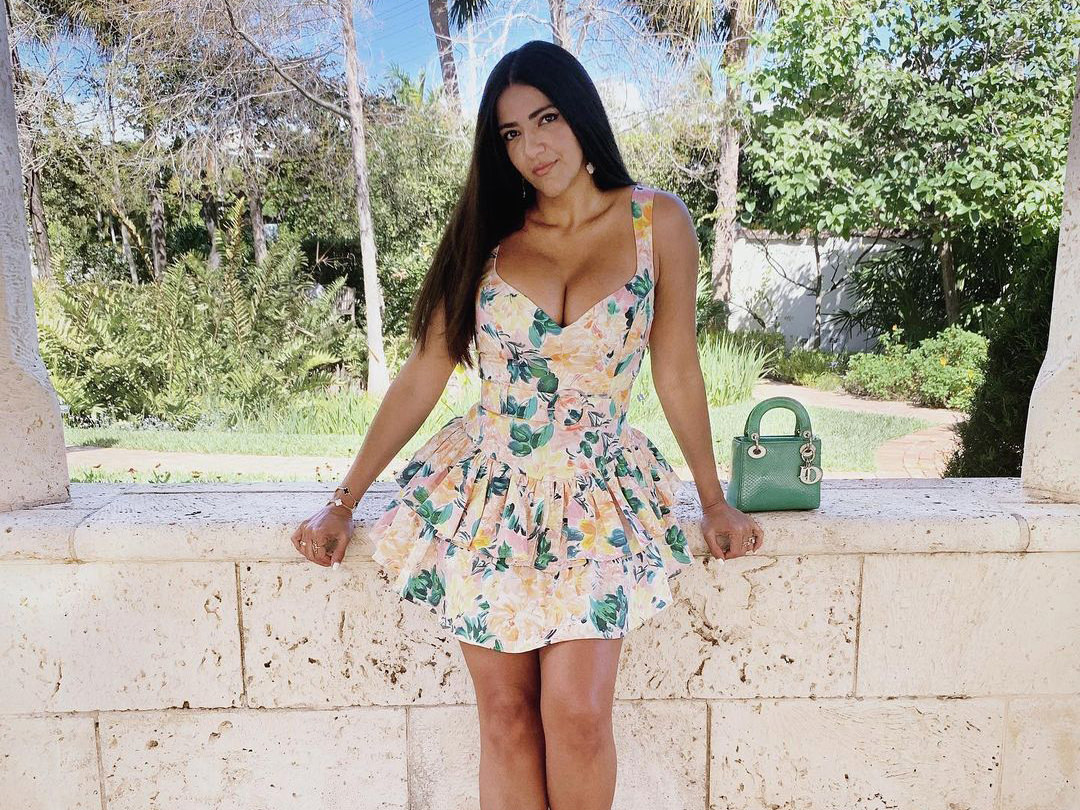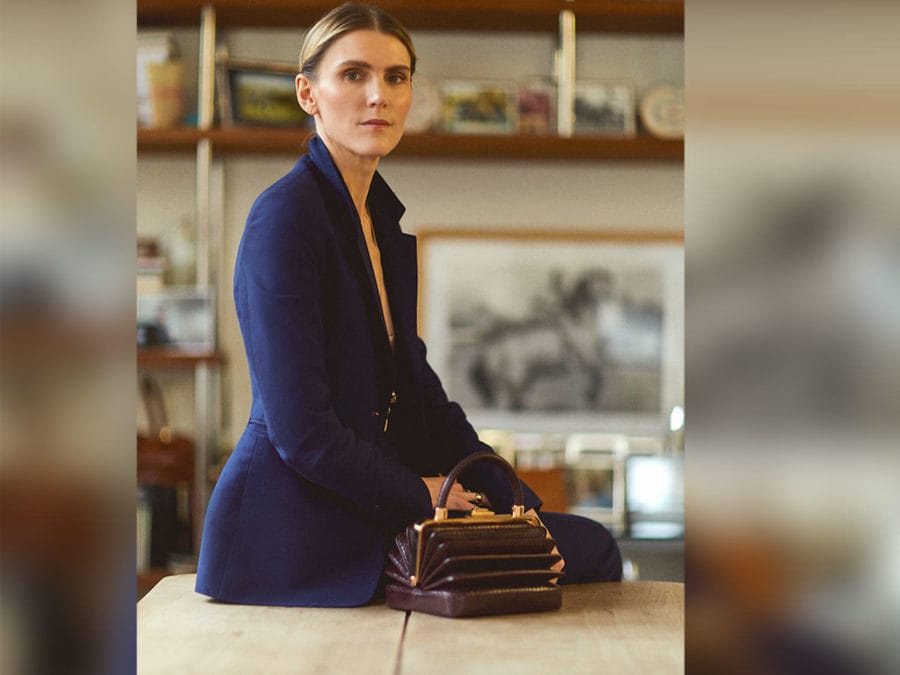The link between high fashion and visual art is a longstanding one. For centuries, these two distinctly creative cultures were destined to overlap due to a shared use of colors, shapes, and forms to communicate greater feelings and ideas when words simply weren’t enough.
But as both scenes begin to move away from their more classical roots towards a more commodified existence, some creators are working overtime to ensure every piece of their work remains as unique and personal as they are purposeful.
One such creator is world-renowned pop artist Boyarde Messenger.
Meet Boyarde Messenger
As the founder and creative director of Boyarde Art House, this London-based artist is regarded as the leading lady of this century’s fashion art movement. She and her team work to create wearable art that doubles as collectible fashion pieces.
And with more than a decade in the game, Boyarde’s work has been exhibited in places such as Paris, London, Miami, and many other mega metros worldwide.
I wanted to know a bit more about what it’s like to be a famed gallery-turned-fashion artist, so I jumped onto Google Meetings to hear what she had to say.
The World of Pop Art
“I’m all about pop art, but too many people get the wrong impression,” she began. “They think pop art is all about BAM! WOW! POW! and those cool graphic dots, but it’s so much more than that. It’s about popular culture and everything we find familiar and draw inspiration from. It’s the high-end. It’s the low-end. It’s everything from the famous works of other creators down to the simplicity of a biscuit tin.”
I could admit to having been under the same impression as many others. But while my own knowledge of visual arts was lacking, it was obvious that such an undertaking was anything but easy.
“It’s a wonderful and intense process because, from the very beginning, you know that you’re going to be creating something incredibly personal for the client,” she said. “First, you have to figure out what the portrait will be, then it has to be sketched and sent to the client for feedback. We create a mockup so they know exactly what they are going to get. It’s really important that you and the client are on the same page since you’re painting on such incredibly valuable items.”
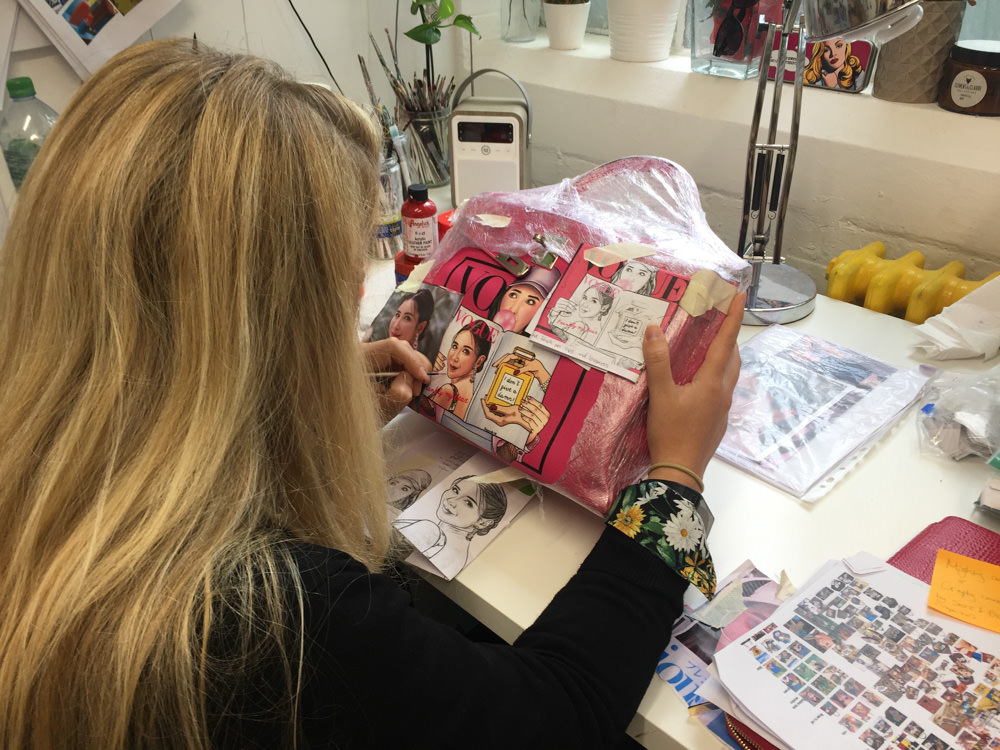
It’s All About the Technique
“But what about your technique?” I asked. “Surely you’ve got some sort of procedure for making these pieces so glossy and durable. I’m already afraid of damaging my bags. I’d be doubly afraid if they had such fantastic artwork on them.”
“Each one requires a different technique because each leather is totally different,” she explained. “There’s grained and smooth calfskin or that really lovely thin leather from Chanel that’s incredibly delicate. You’ve also got exotic skins and that special type of canvas used by Louis Vuitton. I do an intense amount of research beforehand to ensure the artwork is flexible and has longevity. I have my own specific technique of creating many extremely thin layers so even if the bag gets a bit bashed, it won’t ruin the whole thing.”
So there are indeed some tricks to the trade, but I still could only wonder how long such an endeavor would take.
“It depends on the piece but say, for example, you’re doing a family portrait on an Hermès Birkin 25 or 30, you’re easily looking at 100 hours. There will be at least 15 layers of paint.”
That’s no easy feat, but with this level of patience, at least her clients will know their bags are in good hands.
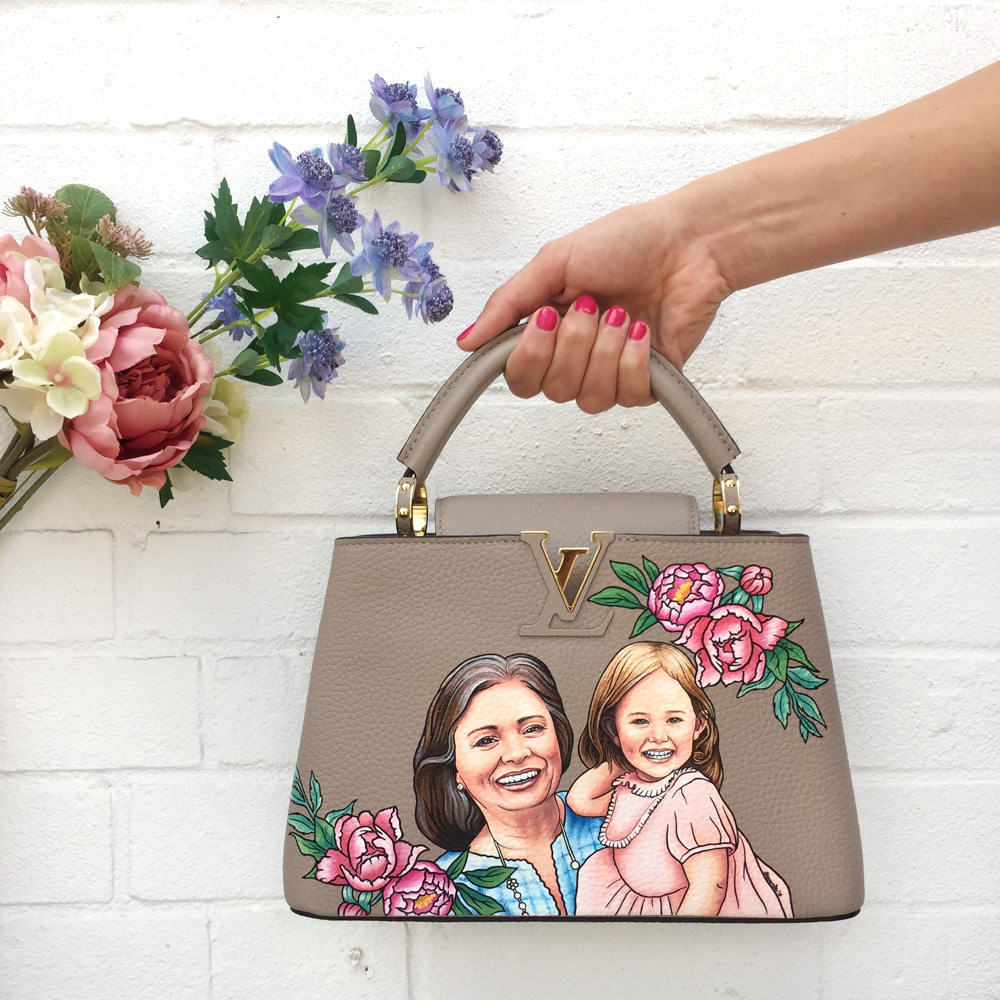
“I’ve always worked really hard to build trust with my clients. Maybe they aren’t sending you an £18,000 Kelly but are just sending you a bag that has sentimental value to them. Maybe it was their grandma’s. They have to trust that you are going to look after it and get it back to them.”
“Absolutely,” I agreed. “But I imagine even those with such high-profile bags to send you usually are coming from high-profile people, no?”
The Clientele
“I’ve painted for extremely famous singers, actresses, royalty, etc. I have a lovely cluster of notable VIP clients. But there are also a lot of people I’ve painted for that aren’t really in the limelight, but they’re known for other wonderful things,” she replied humbly.
Her roster was impressive, but it was clear that her priorities as an artist still lay far beyond simply satisfying material needs.
“But how does one remain true to their ethos when you’re serving those who can probably have anything their heart desires?” I wondered aloud. “I imagine there’s a delicate balance.”
“For many, materialism is equal to some form of self-fulfillment. So when you’re painting on such coveted items, it’s hard not to become a commodity,“ she admitted. “But for now, I also make my own artwork that isn’t commissioned because it’s my own voice. It helps me maintain some artistic integrity, and it helps me steer clients in the right direction when they aren’t sure what exactly they want. I sort of know what will and won’t work, and that helps me convince them to go for something that’s more timeless and with deeper meaning. Maybe you’re not going to want that popular evil eye symbol painted on your bag 10 years from now. Resisting commodification is important because it keeps my mind open. It helps me think bigger.”
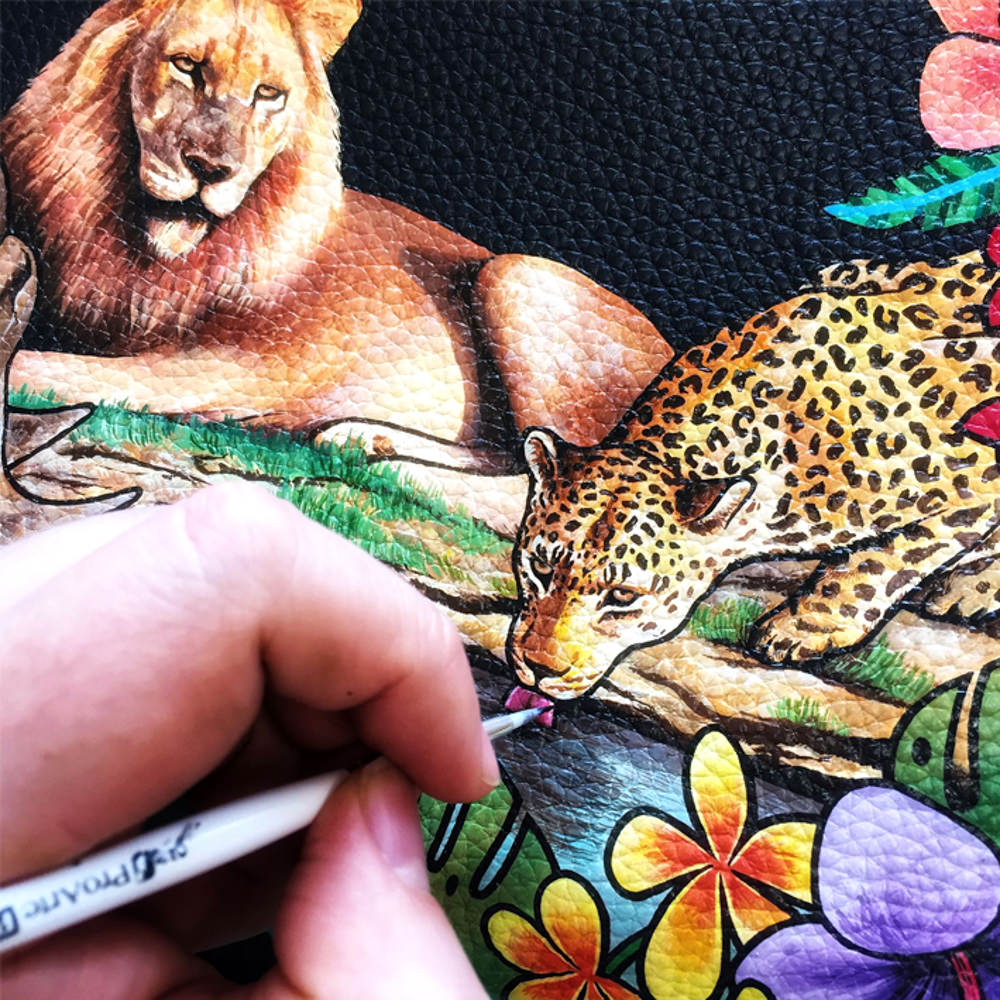
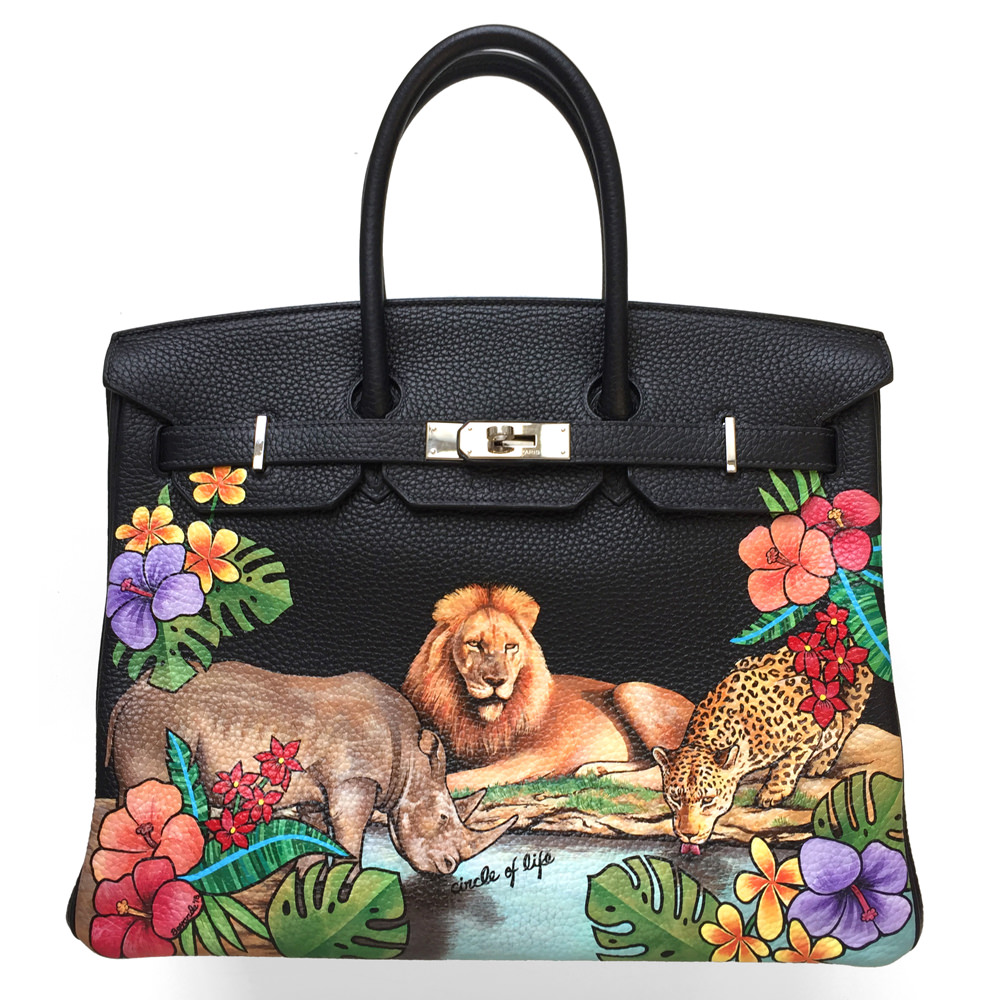
“What about those who don’t think bigger and brighter is always better?” I inquired. “ Ya’know bags from these big heritage brands can have sort of a cult following. What do you think about those who say your work is actually ruining already beautiful pieces?”
“This question has been presented to me a lot, especially in my early days. There isn’t a right or wrong answer because crossing the genres isn’t for everybody. We only have the deepest respect for the items we work on. I only seek to add value. I invest as much into the work and the patronage as the clients do into the material goods.”
Of course she, of all people, understood how seriously people take their bags. But had she ever made a mistake?
“I can’t afford to make mistakes, but one time I splashed water on an £80,000 crocodile bag, and it left a water stain. I had to paint the veins of the leather and match the gloss to the original to cover it up. This little area was only about 1 cm long but took me almost eight hours to fix.”
Yikes! Talk about high stakes.
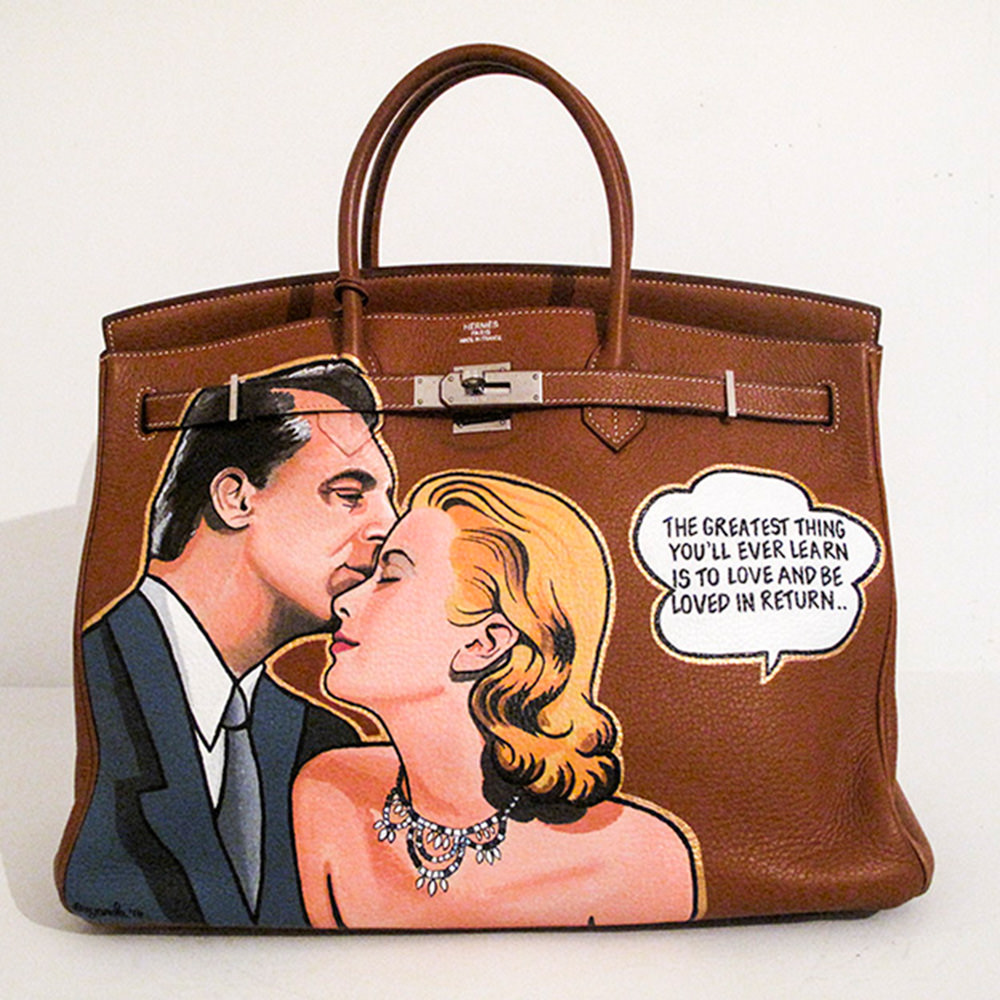
The Stakes Are High
“What’s the most valuable piece you’ve worked on?” I asked, trying to imagine the stress level that comes with her craft.
“I’ve painted on bags ranging from £100,000 and up but the most valuable are always the most sentimental. I have a client that I’ve become friends with, and we once spent hours talking about her life,” She told me excitedly. We came up with a way to basically put some of her life story on a beautiful yellow Birkin. It’s not the most expensive bag I’ve painted on, but it was one of the most valuable because of how just explosive it was. There was so much going on!”
But for someone who spends so much time working on pieces for others, surely she has to have an awesome bag of her own.
“I don’t buy anything I can’t paint on. My choice of bags has changed since I had my son, but I currently carry two bags; I have a leather backpack that I painted leopards and tropical leaves on. It’s a mommy leopard and a baby leopard but there’s also a third slightly bigger leopard on top to symbolize my son as he grows. And I keep a tiny crossbody bag just for functionality.”
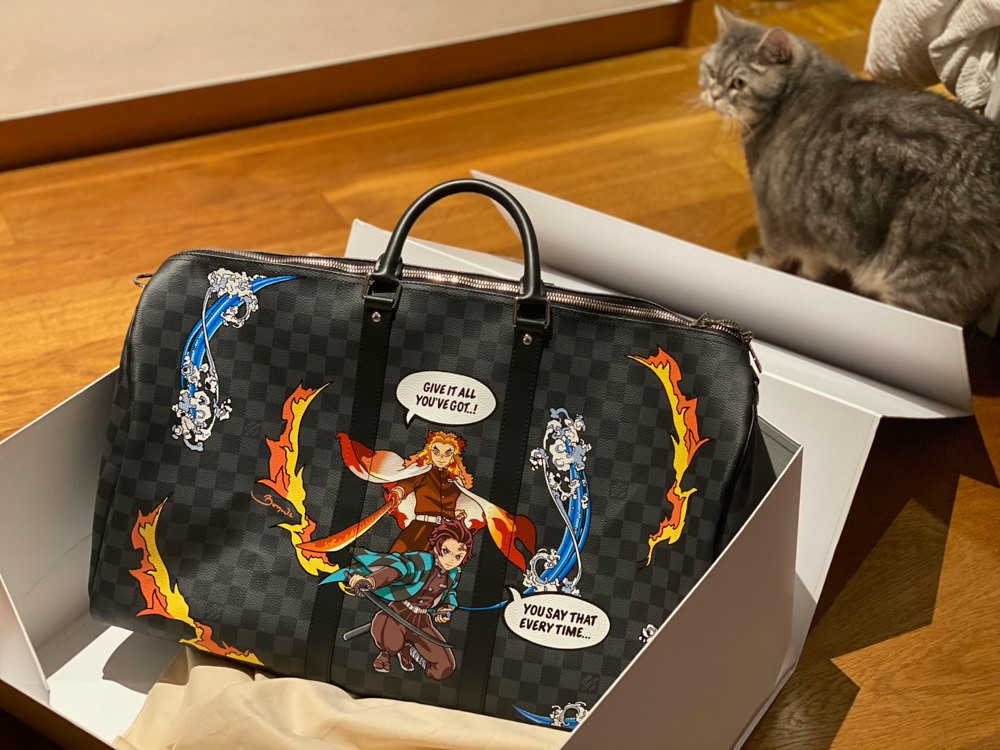
“Well, in your opinion, what makes a good piece?”
“From a personal perspective regarding my own work, it has to be a visual feast. On the outside, it should draw you in. You have to connect with the narrative. It has to be about color, fun, and a bit of mischievousness. But then the longer you look at it, you realize that there are other narratives going on that are hidden in the layers. Maybe you as the observer will never see everything that’s really going on but the person who commissioned it knows about the deeper story being told. But overall, I think a successful piece of art is when different people look at it in different ways. It inspires. It empowers. There is always something new to see. There is no end-game. ”
Spoken like a true artist.
